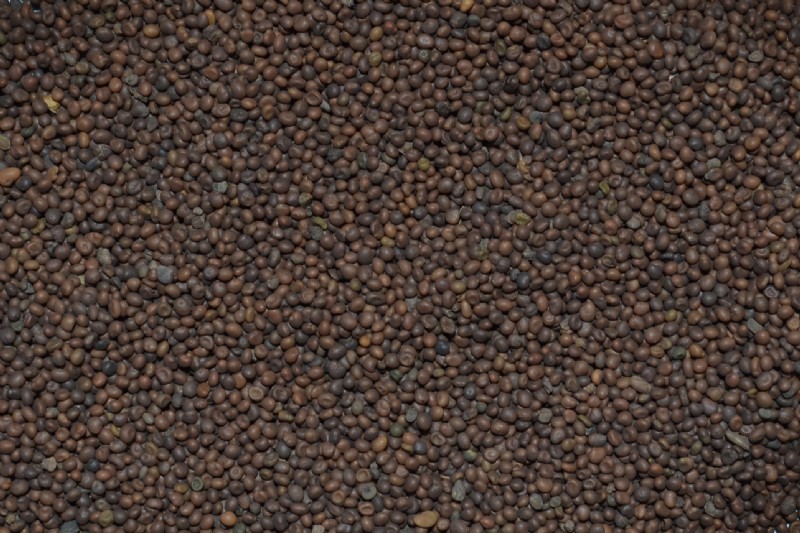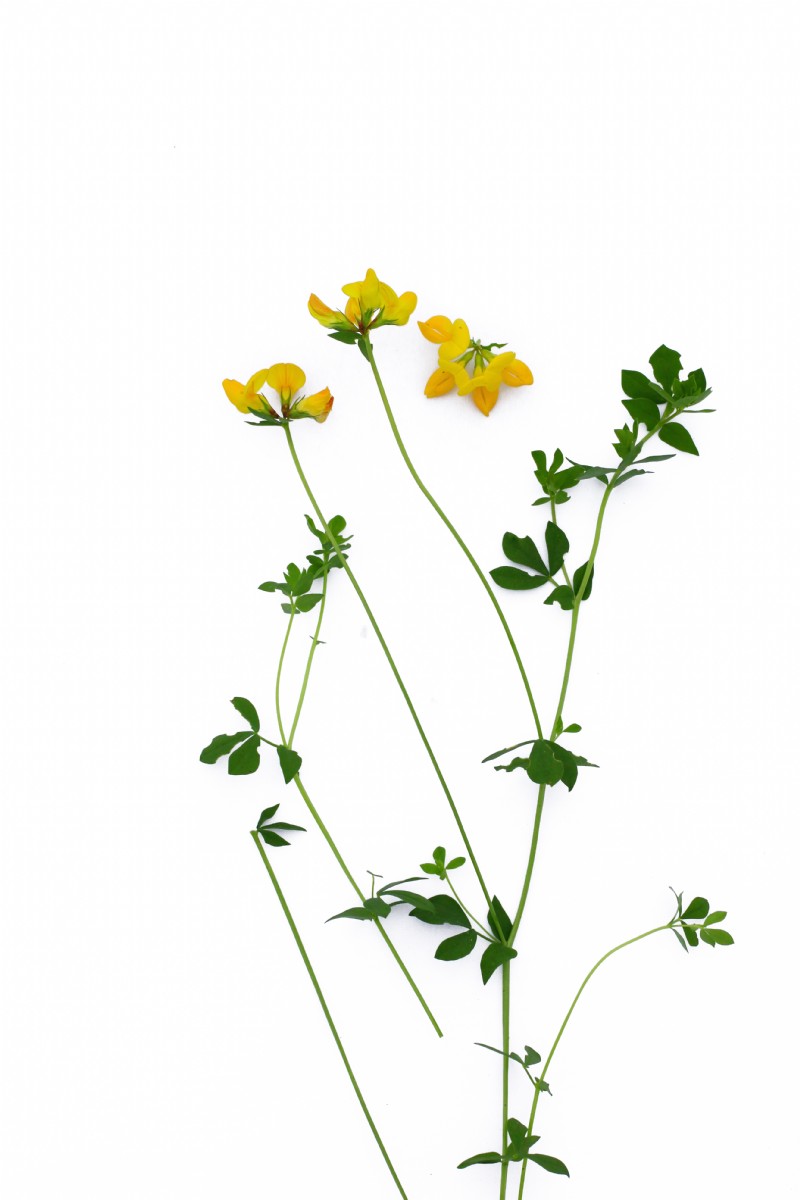Birdsfoot Trefoil Wildflower
This is a common plant from the legume family, often found on drier soils, does not like the more acidic soils. Birdsfoot trefoil supports 132 different species of insect but is mainly pollinated by bees. Due to its red and yellow flowers it's sometimes called the 'eggs & bacon' plant.
Uses
Generally sown as part of a wild flower meadow mixture and is very effective at attracting insects and bees.
Persistence
This is a long lived perennial species.
Strengths
It has a high tolerance of cutting or grazing and is a reliable and robust plant, which is a useful resource for pollinators.
Frost Tolerance
Birdsfoot trefoil is winter hardy and frost tolerant.
Ideal Sowing Time
Establishes relatively easily, sow in the autumn or spring.
Distinguishing characteristics
Seed
This is a particularly small seed that is rounded in shape. It has a browny, black colour and a smooth but matt finish. It is approximately 2mm in size.
Seedling
The plant produces a pair of small oblong cotyledons. The first true leaves begin to form the familiar trifoliate leaf shape.
Flowering Plant
This is a bushy, light green plant, with a solid stem. It produces 3 pointed leaflets at the tip of the stalk, with a further pair of leaflets at the juncture of the leaf and stem. The flowers are borne on long stems, arranged in a semicircle around the peduncles. The flowers are a vibrant yellow, with red buds. The plant goes on to produce 3 or 4 seed pods on each stalk, giving the appearance of a leathery gnarled birdsfoot. Birdsfoot Trefoil will grow to a height of between 10-40cm.
Additional Info
Flowers from June to August. Birdís foot trefoil has attracted over 70 seemingly unrelated folk names. Birdís foot trefoil supports 132 different species of insect.
Works well with
Red clover and tufted vetch.You can find Birdsfoot Trefoil Wildflower in the following mixtures






